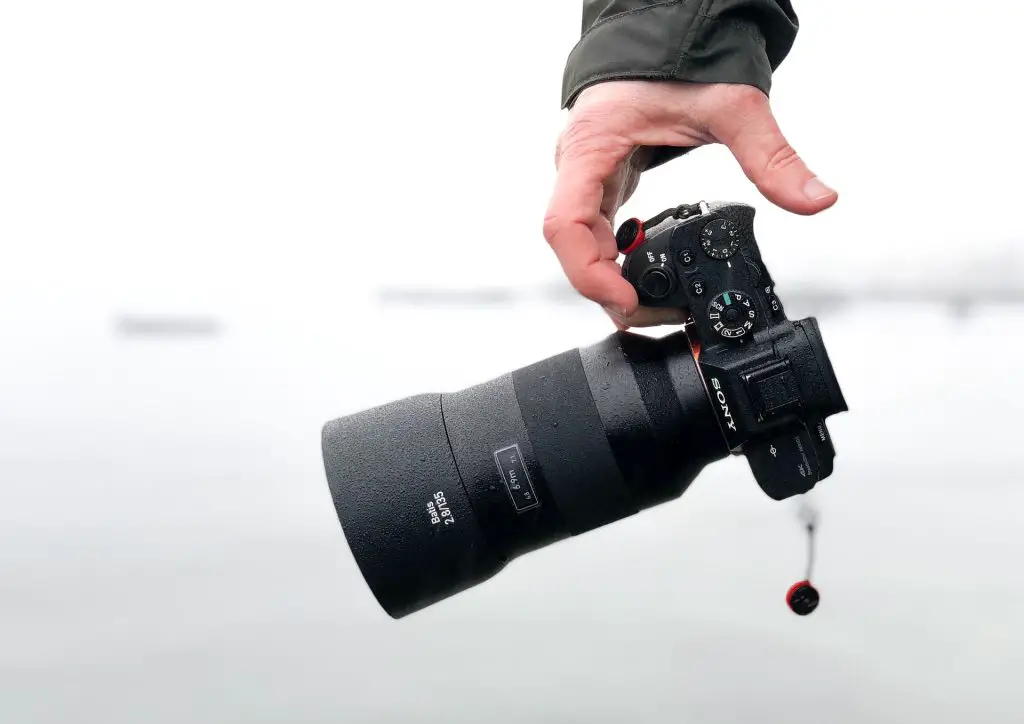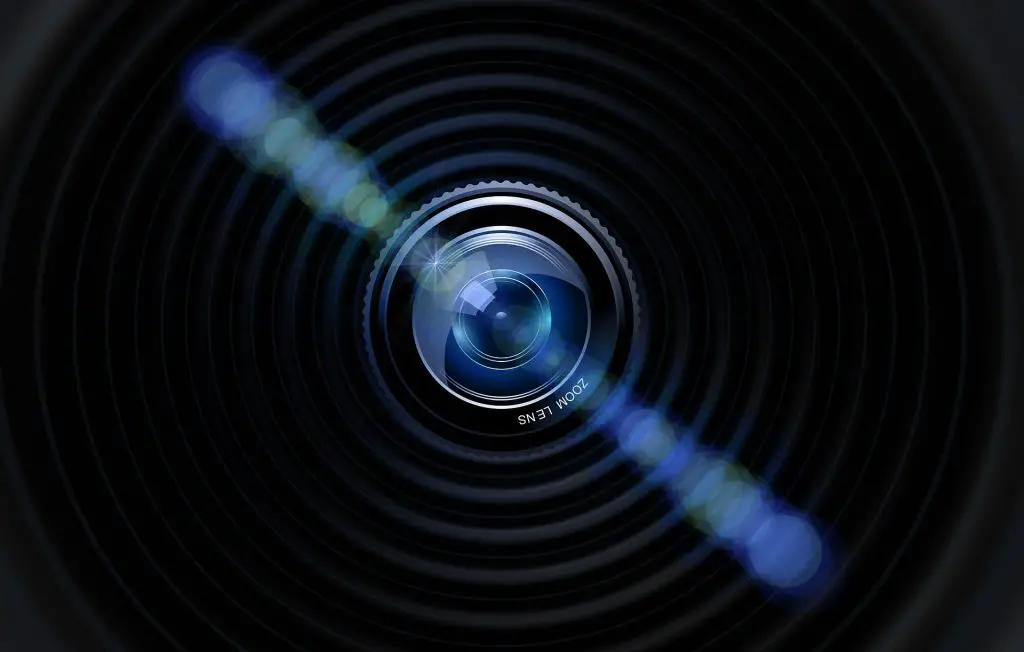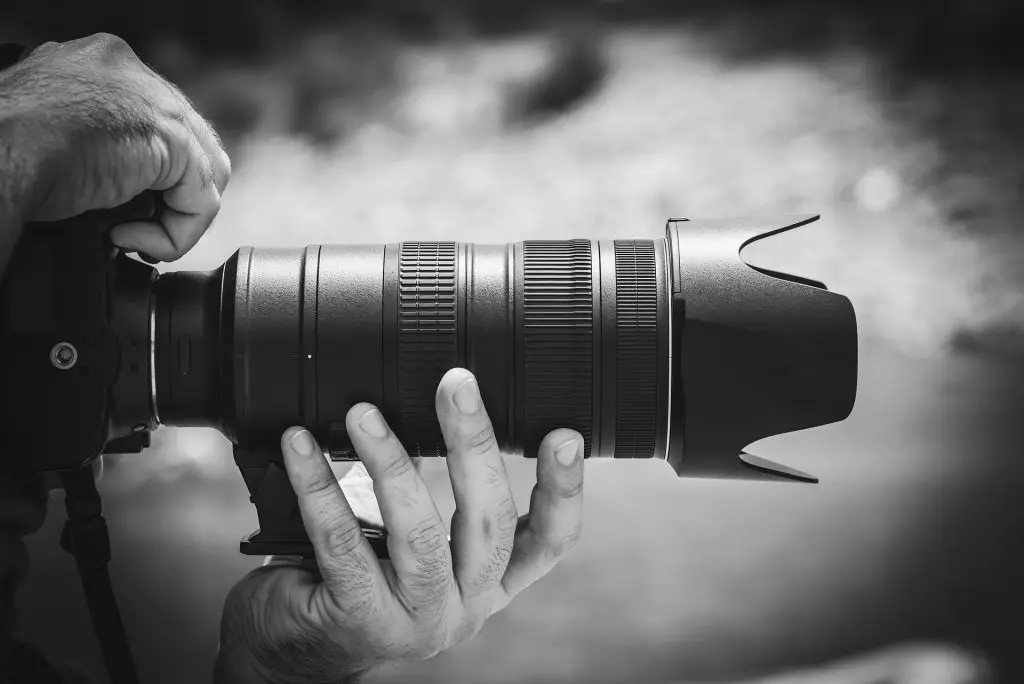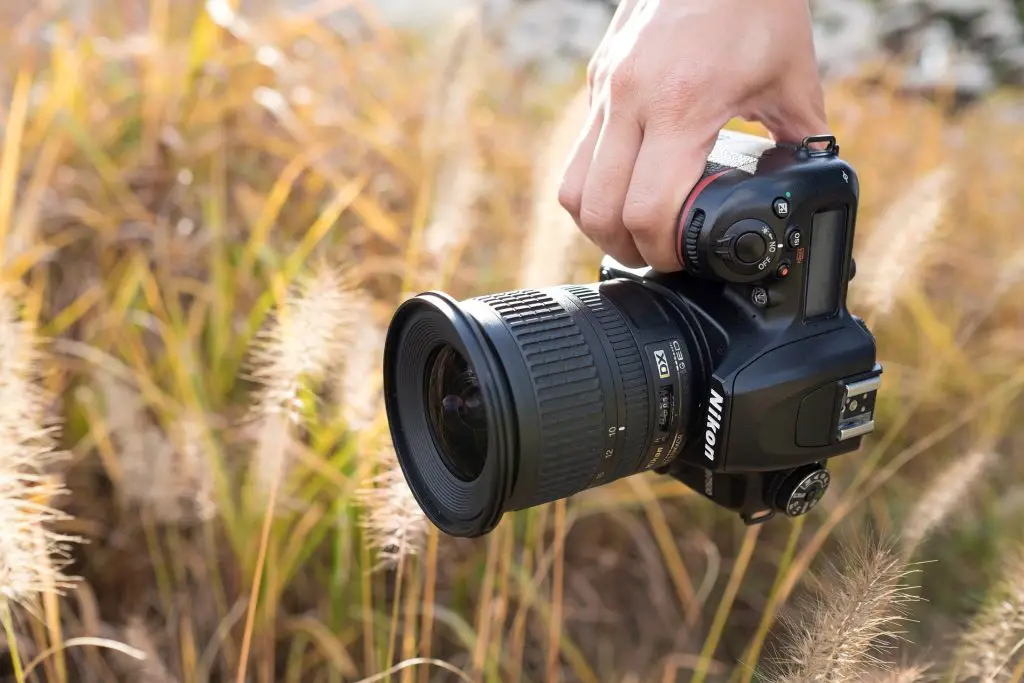DSLR- Digital Single-Lens Reflex Camera
Everything You Need to Know About DSLR Cameras: Benefits, Disadvantages, and Types of Images Sensors
Discover the benefits of a DSLR camera – from its versatility and image quality to its range of shooting modes and auto focus system. Explore the best options for photographers of all levels.
What Is DSLR?
A DSLR (Digital Single Lens Reflex) camera is a type of digital camera that uses a mirror mechanism to direct light from the lens to an optical viewfinder, allowing the photographer to preview the scene before taking a photo. Professional photographers and serious hobbyists favor this type of camera due to its versatility and image quality.

DSLR cameras come in a wide range of prices, making them accessible to both beginners and professionals. Entry-level DSLR cameras are often more affordable and compact starting from £300 to £500, and high-end cameras reaching £5000 or more. While professional-grade cameras offer more advanced features and better image quality. There are many brands of DSLR cameras available, each with its own unique set of features and capabilities.


When it comes to digital cameras and interchangeable lenses, the term “DSLR” (or “digital single-lens reflex”) is widely recognized. However, it is important to note that DSLRs are just one type of digital camera among many. With so many options available for digital photography, it’s essential to have a clear understanding of your camera choices before making a significant investment.
How DSLR Works:
DSLR cameras work by using a mirror mechanism to direct light from the lens to an optical viewfinder. When the photographer presses the shutter button, the mirror flips up, allowing light to pass through the lens and onto the image sensor. The image sensor then captures the light and converts it into a digital image. This process allows the photographer to preview the scene before taking a photo and ensures that the final image is sharp and accurately focused.
In a DSLR, the lens and the body are separate components, which allows for greater flexibility and versatility. Photographers can choose from a wide range of lenses to suit their needs, and can switch lenses depending on the subject and situation. This is in contrast to compact cameras, which typically have a fixed lens that cannot be changed.
Types Of DSLR Image Sensors:
There are two main types of image sensors used in DSLR cameras: CCD (charge-coupled device) and CMOS (complementary metal-oxide-semiconductor). Both types of sensors work by converting light into electrical signals, which are then processed by the camera’s image processor to create a digital image. However, there are some key differences between the two types of sensors.
CCD sensors are known for their high image quality and accurate color reproduction, but they tend to be more power-hungry and produce more noise than CMOS sensors. Additionally, CCD sensors typically have a slower read-out speed, which can result in longer shutter lag times and reduced performance in fast-paced action scenarios.
On the other hand, CMOS sensors are more efficient and offer faster read-out speeds, making them well-suited for action and sports photography. They also tend to produce less noise than CCD sensors, and are generally more affordable.
Advantages of DSLR Cameras
Shooting Modes
DSLR cameras offer a range of shooting modes, including auto, portrait, sports, and action, making it easier for photographers to adjust the camera settings to suit the subject and situation. This makes it easier to capture high-quality photos, even for those who are new to photography.
Versatility
DSLRs can be used for a variety of distinct types of photography, including portrait, sports, and action shots. This makes them a great choice for photographers who want a single camera that can handle a wide range of subjects and situations.
Image Quality
DSLRs typically have larger sensors than compact cameras, which allows for better image quality, especially in low light situations. Additionally, DSLRs typically have more pixels than compact cameras, which allows for larger and more detailed images.
Auto Focus System
DSLRs have an auto focus system that uses sensors to determine the distance between the camera and the subject, and then automatically adjusts the focus to ensure a sharp image. Some DSLRs also have advanced auto focus systems that can track moving subjects and keep them in focus, making them ideal for sports and action photography.
Battery Efficiency:
One of the advantages of using a DSLR camera is its battery efficiency. Unlike other digital cameras that constantly rely on the use of their digital screen, DSLRs do not need to keep the screen turned on, resulting in minimal power consumption, and extending the overall battery life. This allows photographers to shoot for longer periods without worrying about running out of power, making it ideal for outdoor shoots and extended photography sessions.



Disadvantages of DSLR
Despite their benefits, there are also some disadvantages to DSLR cameras. For example, they can be bulkier and heavier than compact cameras, which can make them less convenient to carry around. Additionally, DSLR cameras can be more expensive than other types of cameras, which may make them less accessible to those on a budget.
In conclusion, a DSLR camera is a versatile and powerful tool for photographers of all levels. With its wide range of shooting modes, excellent image quality, and advanced auto focus system, a DSLR camera is a great choice for anyone looking to take their photography to the next level. Whether you are a beginner looking for an affordable and compact camera, or a professional looking for a high-end camera with advanced features, there is a DSLR camera out there to suit your needs.
